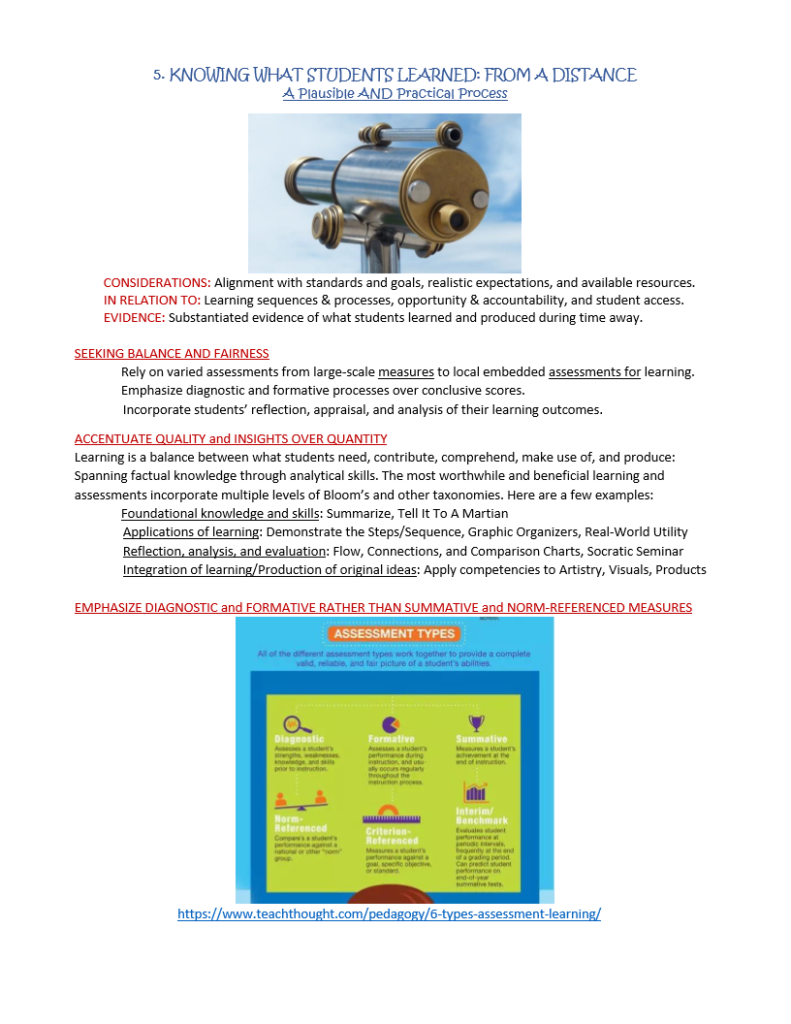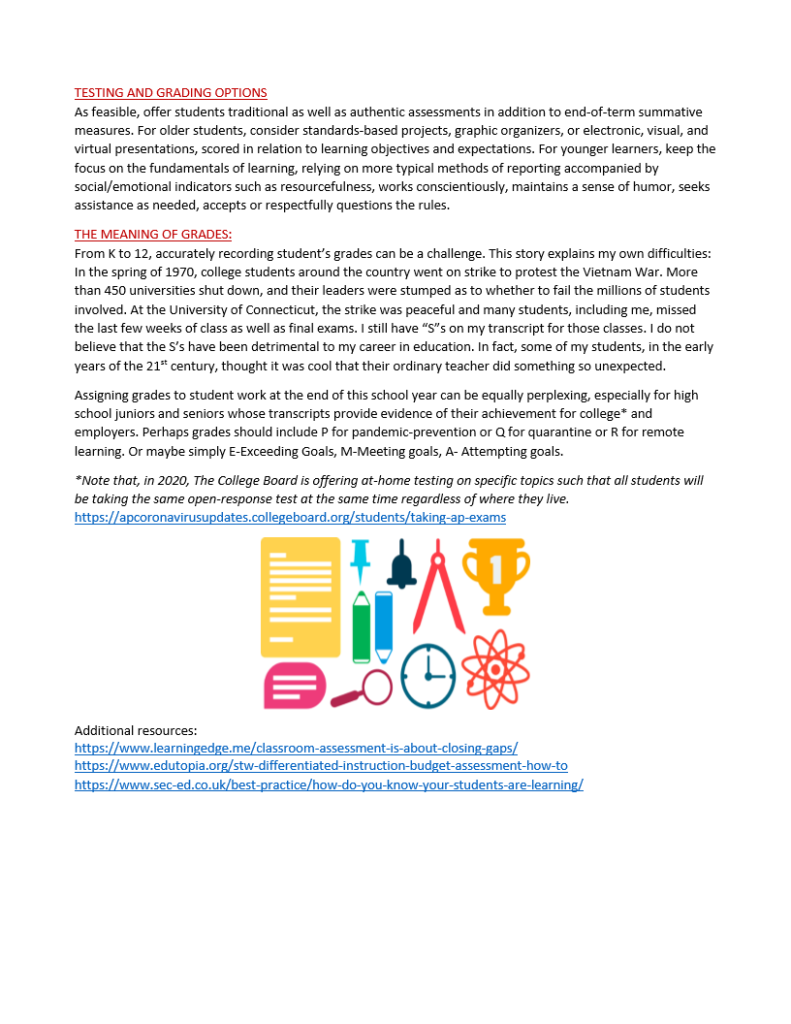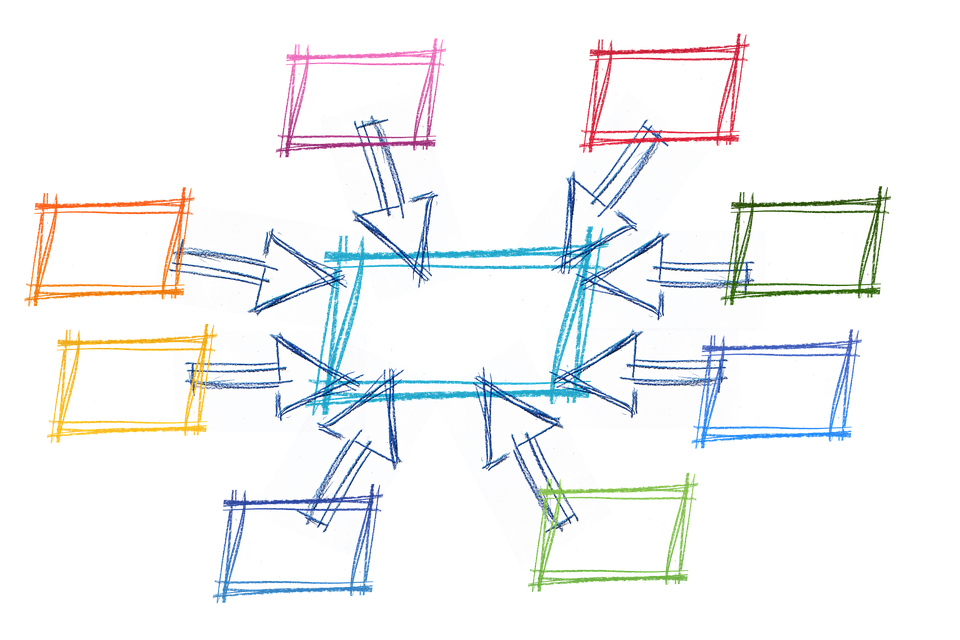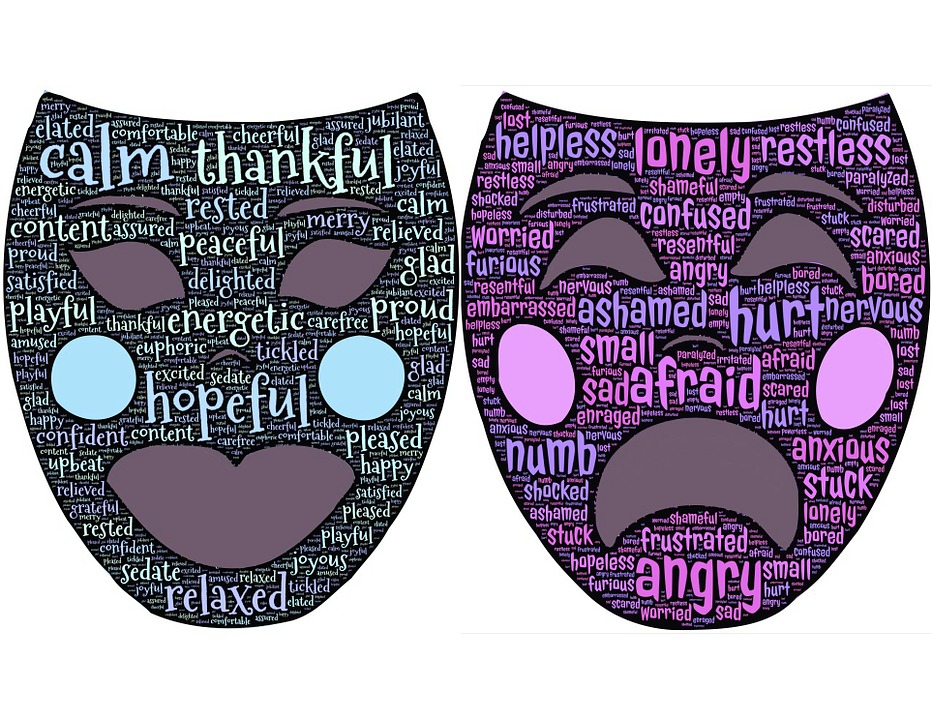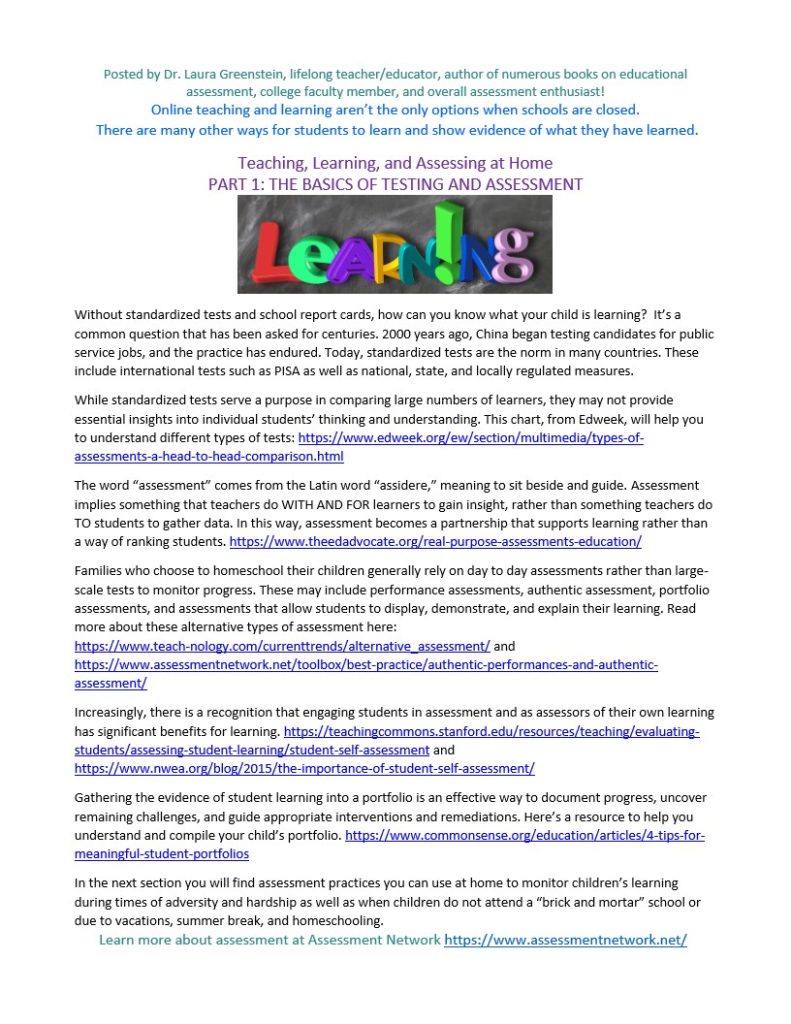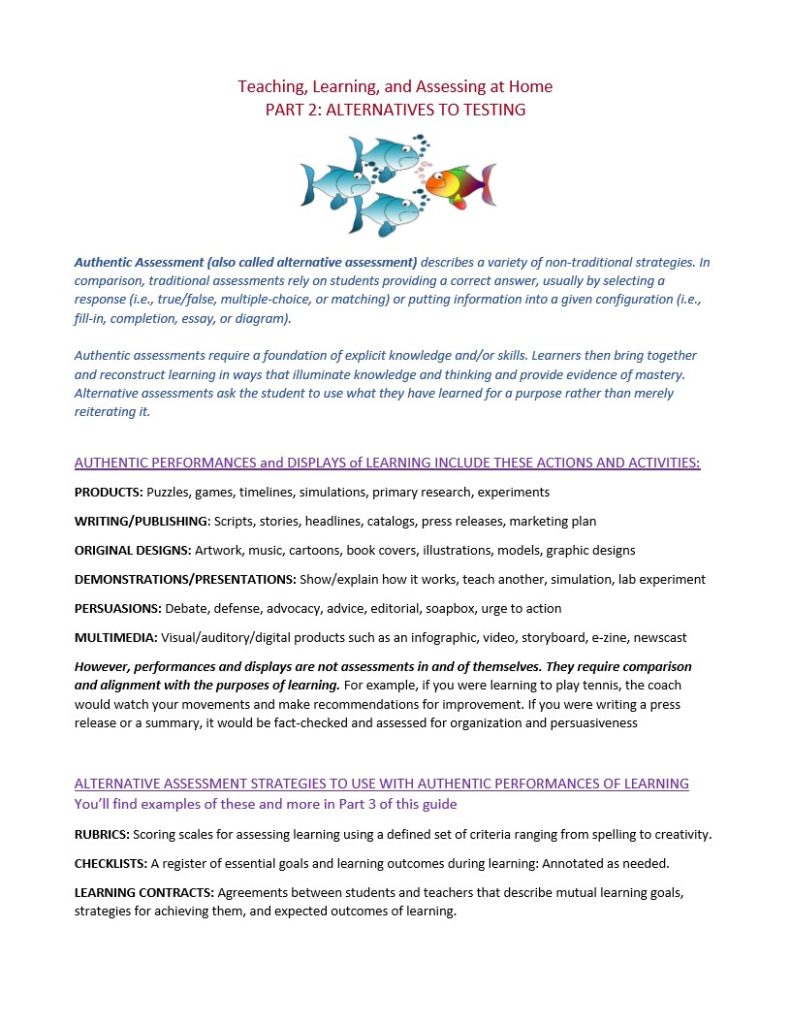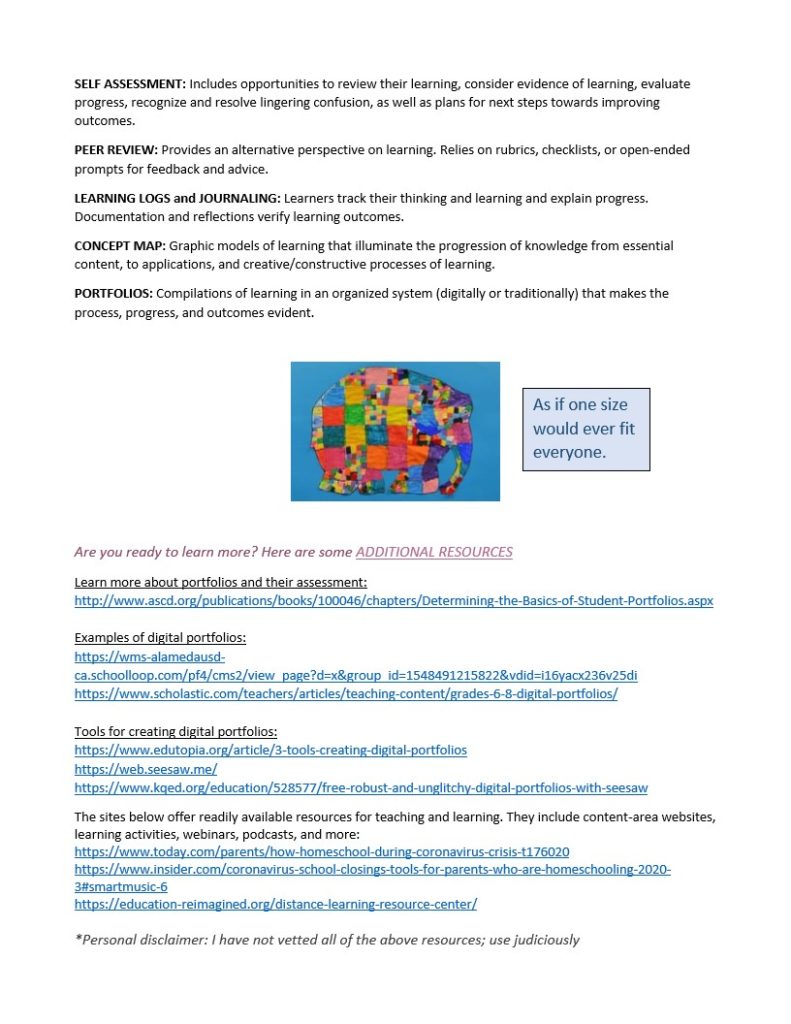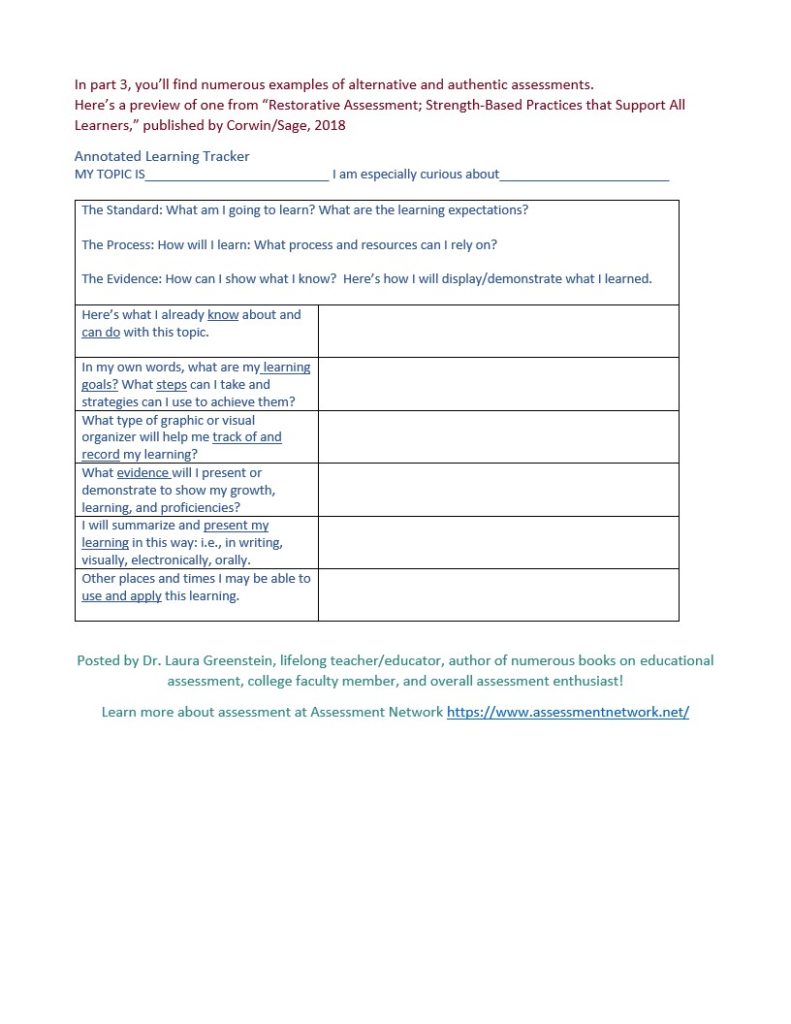While the concept
of student-owned assessment is becoming more widespread, ways to engage and activate students as assessors are less
familiar.
John Hattie (2012) describes assessment capable learners
as those who ask where they are going, how they are going, and where to go
next. Taking that a step further, assessment-engaged learners as those who know
the learning intentions and success criteria, track their own progress,
and show their learning in a variety of ways.
In the classroom, Gio understands that goals can span a
spectrum from knowing facts to generating new solutions. He is somewhat
impulsive and jumps right into an assignment, sometimes not realizing that his
ideas are divergent from the process, or
misaligned with the purpose. With support and a reminder to start in first
gear, he can understand the big picture
goals and translate them into personal learning intentions, clear success
criteria, and action plans. As he recognizes connections to prior learning and
begins to comprehend more complex ideas, he relies on self-assessment, peer
review, and teacher feedback on both goals and process. He hears that while his
ideas are correct, but there may be other ways to solve the problem. In
response, he reflects on his progress, confers with a teammate, and makes a few
necessary adjustments. As he becomes increasingly engaged in assessment, he takes ownership of his learning, monitors growth,
and becomes more motivated. For students like him, there are no surprises on
their outcomes of learning, whether it be test grades, rubrics, or report card
scores.
Essential Practices and Strategies for Engaging Students in Assessment
1, 2, 3: Students
Know What They Will Be Learning
- Show students how to set personal goals by
working together to deconstruct each big picture goal into three to four
assessable learning intentions.
- Students use their own words to explain
each of the learning intentions. In small groups, they share their ideas and
collaboratively clarify and define each of their learning intentions.
- Learning intentions are elaborated through descriptions of success criteria along
with exemplars. You may want to display both higher and lesser quality
samples for students to evaluate.
Example: Students
in 3rd grade will understand the design of maps and conventions such
as symbols, keys, and direction. After
developing an understanding of what maps can tell us, students begin to ask questions:
Sashi wants to know who makes the maps and why they all look different, Michel
wonders why roads are shown in varied colors and sizes, Hugo asks, “why do I
need to know math to read a map?” and Darla begins to draw a map.
Reference: Austin’s
Butterfly
4, 5, 6: Students
Track Learning
- 4. Instruction incorporates anticipated progressions of learning that are visible, understandable, and reasonable for all students.
- 5. Students develop individualized learning plans that includes realistic expectations and pathways for success monitoring of progress and recognizing misconceptions along the route towards expertise.
- 6. Students use these expectations to track their growth, record successes, and note lingering gaps.
Reference: Karen Hess/Learning
Progressions
Example: Together
students create a KWL chart of what they know about non-fiction books. Later,
the teacher sequences these learning intentions to align with the curriculum,
then helps students decide where they are on the progression. Students choose their
book and then promote it to their audience in a way that aligns with the
learning intentions and success criteria. Marta dresses up and portrays what
life was like during the period of history she read about; Herbert designs an infographic on Pluto,
includes definition of planets, and ask students to decide if Pluto is a planet
and why or why not they would want to go there.
7, 8, 9: Students
Take Ownership
- 7. Multiple pathways and modalities are available for students to show learning; each emphasizes consistent learning outcomes.
- 8. Reliance on rubrics, checklists, and other assessments provide feedback that aligns with intentional and visible learning process and outcomes.
- 9. Students know when and where to seek help as needed to resolve lingering misunderstandings.
Example: During
their learning about reading, writing, and comparing decimals, students follow
a common learning progression. They record progress and note their highest
level of learning. Shirl understands the basics of place value and recognizes
she needs to spend time on a tutorial on multiples of ten. Duarte has been
successful on all the success criteria except for the meaning of powers and how
the decimal point moves with them.
Reference: Encouraging
Independence
In engaging classrooms, the emphasis is on progress towards mastery, not just final scores. Learners are encouraged to stretch beyond their comfort zone, learn from mistakes, and seek help as needed.
Why This Works
The better prepared a group or individual is for the task
ahead, the greater likelihood that the goals will be reached. Think about things that you have tried to learn in a
fixed time period. Perhaps it was a new
language before visiting another country. Maybe you wanted to build a house and
needed a cost analysis of the plans. Or, just standing upright on the ice
skates before getting on the ice. In any of these endeavors, when the purpose
is relevant, the process feasible and transparent, and outcomes achievable,
then success is possible.
Children make their own paths into the unknown, ones we would never think of making for them.” John Holt
Greenstein, Laura and Burke, Mary Ann (Coming in mid 2020) Student Engaged Assessment: Strategies to Empower All Learners. Rowman and Littlefield
Greenstein, Laura (2018) Restorative Assessment: Strength-Based Practices That Support All Learners. Corwin/Sage
Greenstein, Laura (2016) Sticky Assessment: Classroom Strategies to Amplify Student Learning Routledge/Taylor and Francis
Hattie, J. (2012). Visible learning for teachers: Maximizing impact on learning. New York: Routledge.



